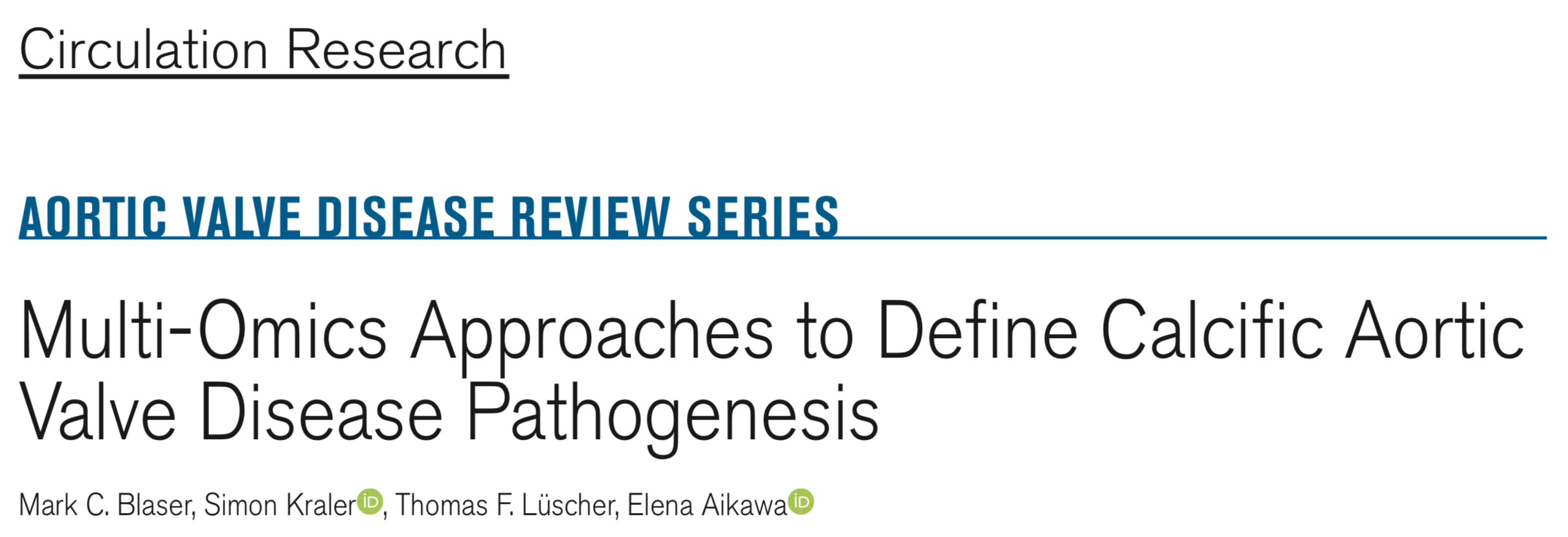Navigation auf uzh.ch
Navigation auf uzh.ch

In this review article by M Blaser and colleagues, we summarize the application of (epi)genomics, transcriptomics, proteomics, and metabolomics to the study of calcific aortic valve disease - an insidious condition with rapidly increasing prevalence. Indeed, in ageing populations, its prevalence is expected to nearly triple over the next 3 decades. This is of particularly dire clinical relevance, as calcific aortic valve disease can progress rapidly to aortic stenosis, heart failure, and eventually premature death. Unlike in atherosclerosis, and despite the heavy clinical toll, to date, no pharmacotherapy has proven effective to halt calcific aortic valve disease progression, with invasive and costly aortic valve replacement representing the only treatment option currently available. This substantial gap in care is largely because of our still-limited understanding of both normal aortic valve biology and the key regulatory mechanisms that drive disease initiation and progression. Drug discovery is further hampered by the inherent intricacy of the valvular microenvironment: a unique anatomic structure, a complex mixture of dynamic biomechanical forces, and diverse and multipotent cell populations collectively contributing to this currently intractable problem. We also discuss recent forays toward the omics-based characterization of valvular (patho)biology at single-cell resolution; these efforts promise to shed new light on cellular heterogeneity in healthy and diseased valvular tissues and represent the potential to efficaciously target and treat key cell subpopulations. Last, we discuss systems biology- and network medicine-based strategies to extract meaning, mechanisms, and prioritized drug targets from multi-omics datasets. The full article is now online available at www.ahajournals.org/journal/res.